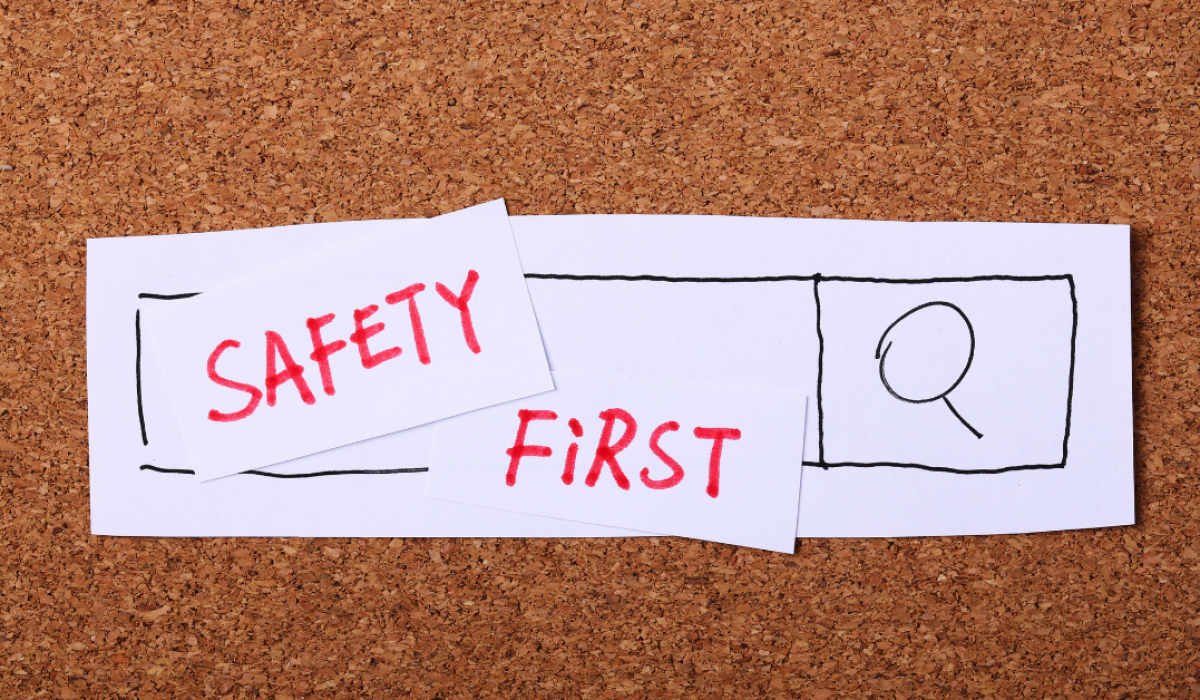Whether we agree with kids having smartphones and access to all kinds of content in the palm of their hand, the fact is that at some point they will need, and they will have them. What you can control is their usage of them and teach them how to navigate the online world properly and more importantly, safely. Here, we have gathered our top five tips to keeping your kids safe online.
1. Set an example
Are you almost constantly on your phone? Do you eat with one-hand while checking the latest footie transfers or sharing that latest selfie? Are you often distracted and pay more attention to social media rather than what’s going on in the world around you? Well you are far from the only one. Stats have shown that 22% of us check our phones every few minutes, and 51% of users look at it a few times per hour.
It can be difficult to set screen limits on your kids and tell them to turn their phones and tablets off before they go to bed if they know we spend all day and night on them as well. Try reducing your screen time and set a good example to your kids, and in turn, they will imitate what they see. If they do not, at least they cannot cry hypocrisy when you tell them to turn it off!
2. Monitor their use
While older teens certainly are entitled to a bit more privacy, if you are allowing a younger teen or a child to have a smartphone or a device that they can use to access the internet, it is important to monitor their use and keep an eye on exactly what they are doing. This will ensure that they are not being groomed or giving out personal information to the wrong people. It also helps to prevent cyberbullying and harassment. Check their social media accounts, including private messages, and if necessary, find out how to read someones text messages without their phone. They might not like it, but your role as a parent or a guardian is to keep them safe.
3. The hazards of over-sharing
Another common hazard for kids can be “over-sharing.” It may be seemingly innocent to post details about being home alone, but doing so could put a child at risk. The same is true about telling online friends about holidays, which is essentially telling the world when your home will be unoccupied. Kids may not understand that a simple post asking for a phone number may not be from a trusted source. Parents can help by discussing various scenarios with their kids, so that they understand what kinds of information should not be shared via social media.
4. Open the lines of communication
If your children know that they can come to you and talk to you about any problems that they experience while online without fear of judgement or getting into trouble, they are much more likely to discuss things with you. Make sure that they know they should tell you if they come across anything that makes them feel uncomfortable or someone is putting pressure on them. Stay calm if they tell you anything and look at how you can deal with it without shouting and punishments.
This is the first generation that has access to the internet from a young age, and like it or not, it is a significant part of our lives and will be around for life. Making sure that our children know how to navigate it safely is of paramount importance.
5. What goes online, stays online
Finally, it’s of imperative importance that your kids know that what they post online, stays online. Forever. Bullying behaviour may crop up, leaving kids feeling vulnerable, upset and alone. They might be quick to take a video and post it online without thinking of the consequences. Teach your kids to take a breath before posting, and to never immediately take to Instagram or Facebook in the heat of anger. Parents should be firm that comments, actions and online behaviour should be governed with the same courtesy and respect as kids would convey with people when they meet face to face.
If you require more in depth information on how to keep your kids safe online, internetmatters provide excellent advice for each specific social media platform including a checklist to keep on top of the latest social media trends.








